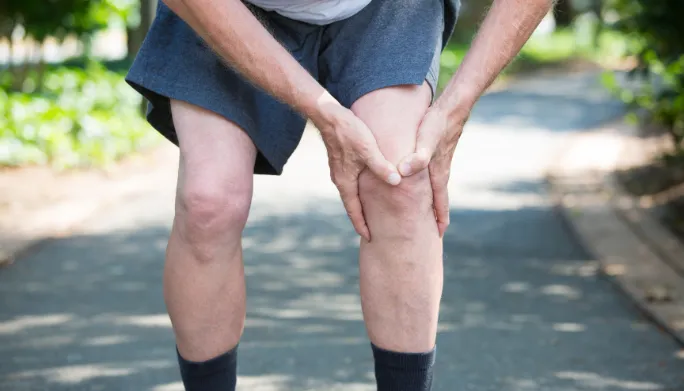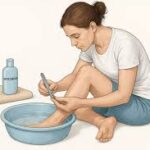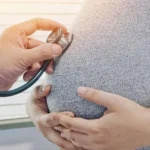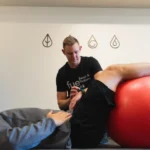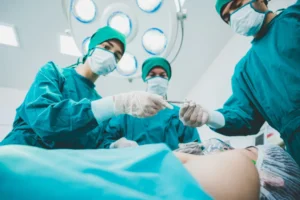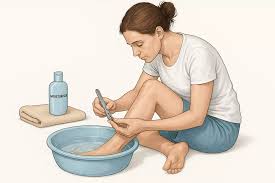The anterior cruciate ligament, or ACL, is a key ligament that helps stabilize your knee joint. An ACL tear is a common injury, particularly among athletes, and may necessitate a surgical reconstruction. An ACL repair procedure involves a surgeon replacing the torn ligament with a tissue graft to restore knee function and stability. Following the surgery, a structured rehabilitation program is fundamental for a successful recovery. Here’s more information on recovering after an ACL repair:
Doctor Visits
After an ACL repair, regular follow-up appointments with your surgeon or healthcare provider are an imperative part of your recovery process. These check-ins allow your medical team to monitor the healing of your knee and track your progress. During these visits, your provider will assess your range of motion and incision sites.
Regular check-ins with your provider help them identify potential issues early and make necessary adjustments to your rehabilitation plan. Following the schedule of appointments recommended by your surgeon helps your recovery stay on track. Recovery care plans focus on helping you restore motion, build strength, and return to your daily activities safely.
The three most common causes of ACL tears are:
- Fall Injuries
- Sports-related Injuries
- Car Accident-related Injuries
Safe Exercises
Physical therapy is a cornerstone of rehabilitation following ACL surgery, also known as a knee arthroscopy. A physical therapist guides you through a progressive series of exercises designed to support the healing process. These controlled movements help to restore function to the knee joint in a safe and structured manner.
Early exercises focus on gently increasing the range of motion of your knee and activating the surrounding muscles. As you heal, physical therapy introduces exercises to strengthen other supporting muscles. This targeted strengthening helps build up the stability of the knee joint and reduces the load on the new ligament.
Injury Prevention
Safely regaining strength and mobility is a primary goal of post-operative care, but it is imperative to start slowly. Preventing reinjury during this vulnerable period requires a careful and disciplined approach. By following your physical therapist’s guidance on activity levels and exercises, you can avoid placing excessive strain on your healing graft.
The RICE Method
Managing swelling is a key aspect of early recovery, which is why the RICE method is well known. The Rice method stands for:
- Rest
- Ice
- Compression
- Elevation
Resting your leg limits stress on the knee joint, while applying ice helps to reduce inflammation and numb pain. If okayed by your provider, using a compression wrap can also help control swelling after surgery. Elevating your leg above the level of your heart utilizes gravity to help drain fluid from the affected area, promoting healing.
Warm Ups and Cool Downs
When you can exercise more with your physical therapist, try incorporating warm-ups and cool-downs into your at-home sessions. A proper warm-up, which may include light cardio like stationary cycling or dynamic stretches, increases blood flow to your muscles and prepares your body for physical activity. This makes the muscles more pliable and less prone to strain. After your workout, a cool-down period involving gentle stretching helps gradually lower your heart rate and can help reduce muscle soreness.
Learn More ACL Repair Recovery Tips
By attending follow-up appointments, engaging in safe exercises, and taking preventative measures, you can support your healing process. Recovering from an ACL repair is a gradual process that requires patience and commitment. Consistently following your doctor’s instructions and the guidance of your physical therapist is fundamental to restoring knee functionality. For additional information on recovery, contact a medical specialist today.


